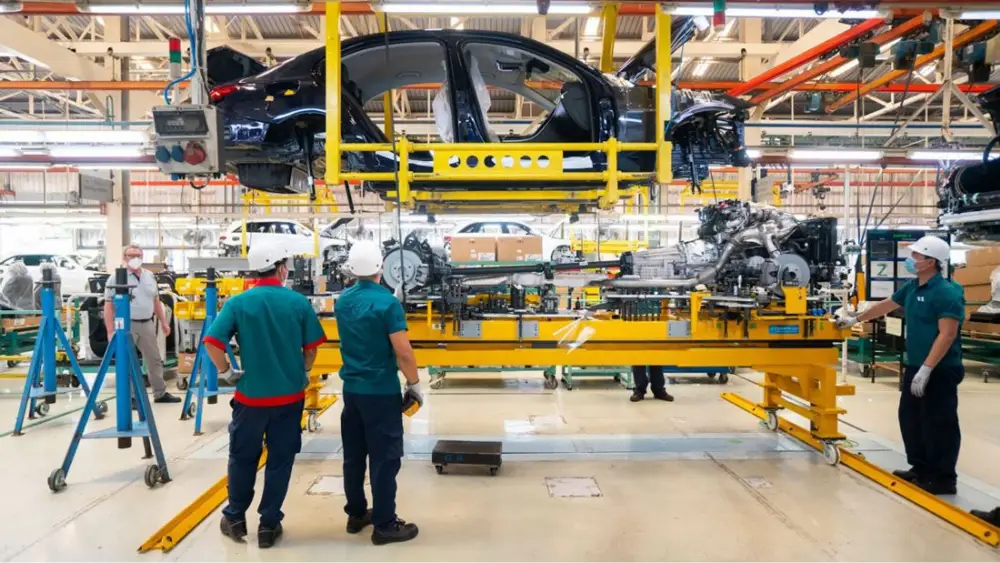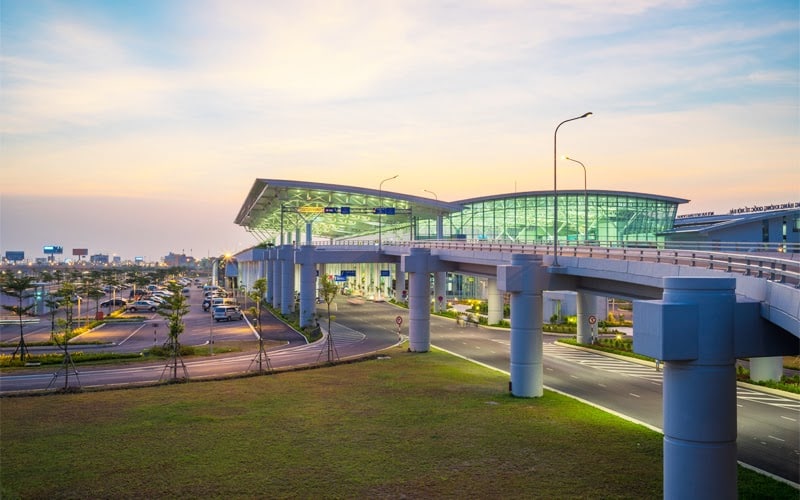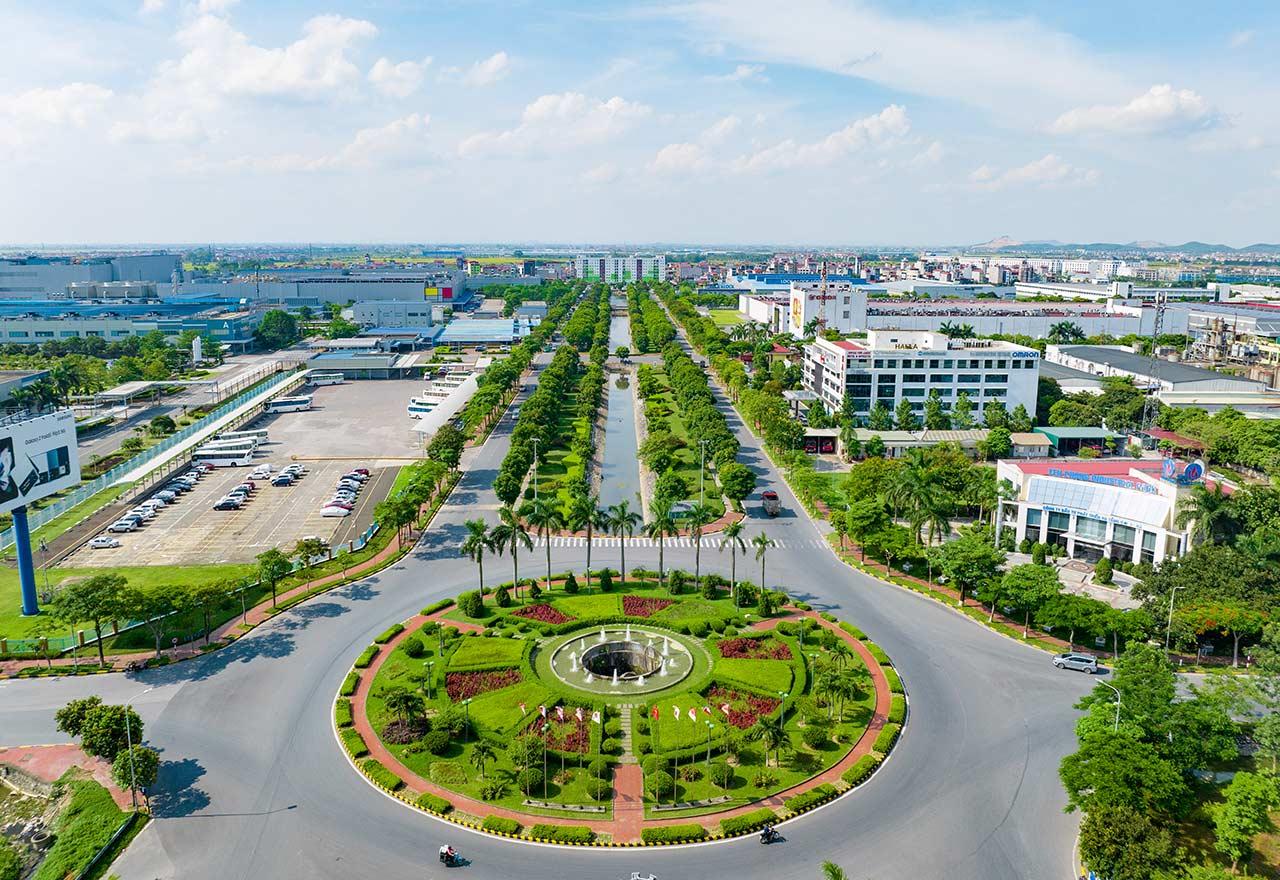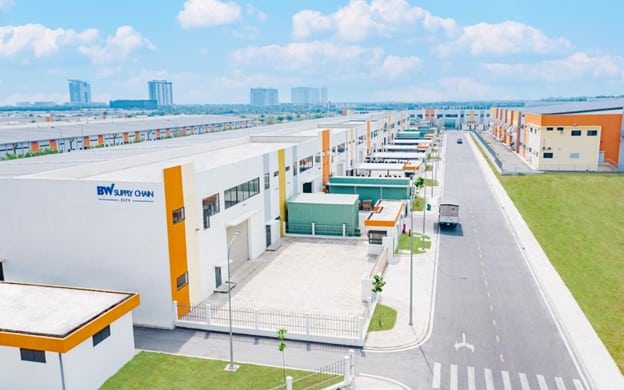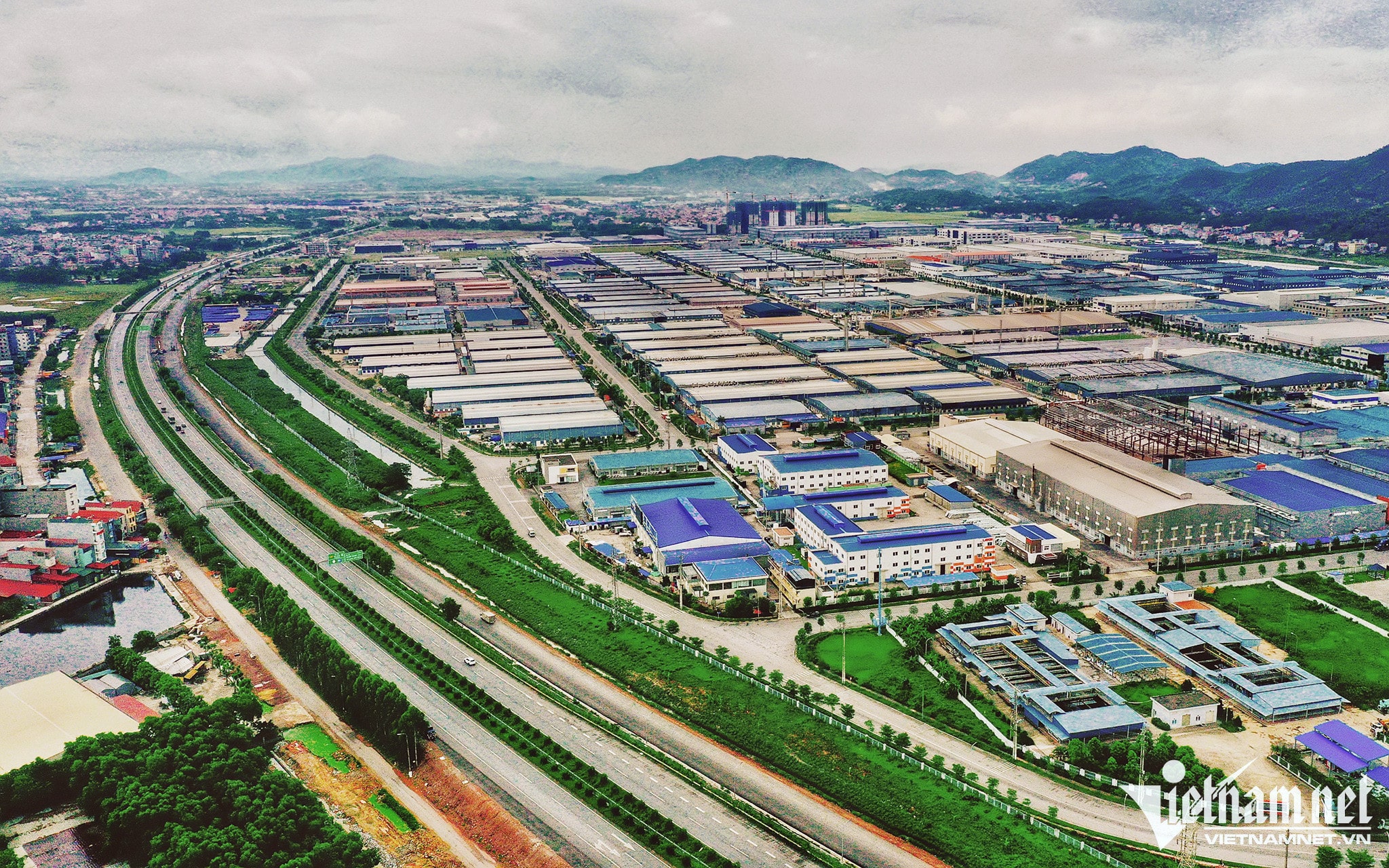The industrial sector of Vietnam plays a vital role in the growth of the country’s economy. As of 2022, this sector had contributed 33% to the GDP and provided employment opportunities to more than 15 million individuals.
The Vietnam Industrial Development Strategy (IDS) outlines a plan for growth and transformation in the sector for the next ten years. Its goal is to establish Vietnam as a top industrial nation in Southeast Asia by 2030.
This article aims to offer helpful knowledge and details about Vietnam industrial development strategy and how it affects the country’s economic progress.
Understanding Vietnam’s Industrial Development Landscape
Vietnam’s industrial sector has come a long way since the early 1990s, with significant growth and development in recent years. The sector now accounts for over 30% of the country’s GDP, and the government has set a target of making Vietnam one of the strongest industrialization country in Southeast Asia by 2030.
To achieve this goal, the government is investing in high-tech manufacturing and export-oriented industries, as well as infrastructure and education, to support the sector’s growth. With the increasing demand for Vietnamese products on the global market, the future of the country’s industrial sector looks promising.
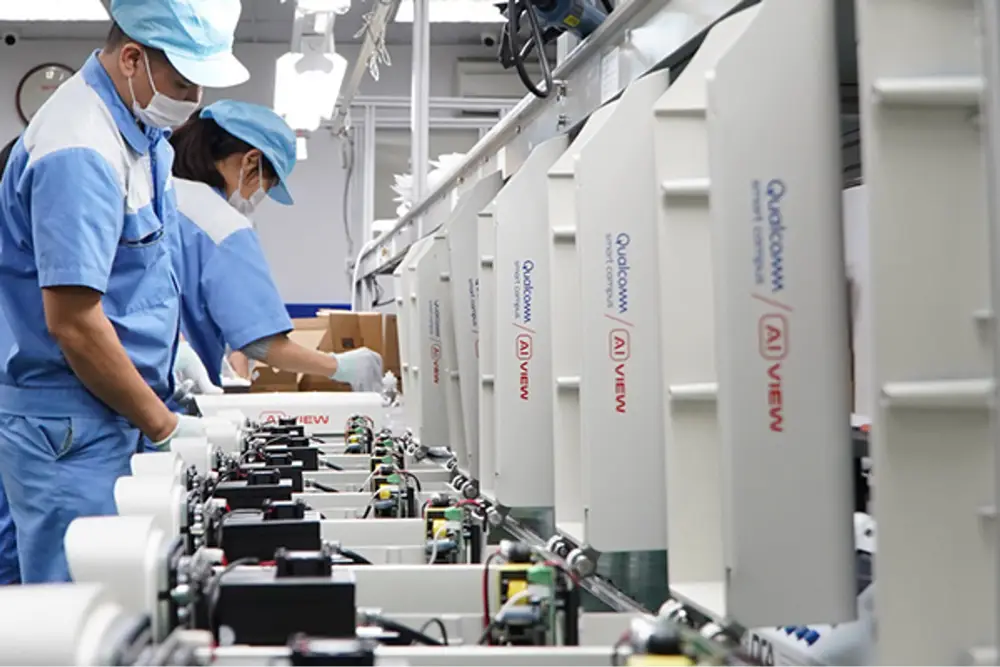
The manufacturing industry is the most important factor in driving economic growth. The key industries driving industrial growth are
– Agriculture-forestry-fishery
– Industry and construction,
– Services
Competitive advantage in Vietnam industrial growth comes from factors such as:
– Low wages
– Favorable demographic
– Political stability
– Geographical proximity to major global supply chains
– Has invested heavily in human and physical capital through public investments and embraced trade liberalization.
Vietnam’s economic progress relies on industrialization, which must prioritize science, technology, innovation, green growth, and sustainability. Moving forward, focus on improving internal resources and forming new production capacity with self-reliance and adaptability.
The Vietnam Industrial Development Strategy
The Vietnam Industrial Development Strategy is crucial to the country’s economic progress. Its success in attracting domestic and foreign investments is evident, and this trend is anticipated to continue in the foreseeable future.

The government has implemented a number of policies and initiatives to support industrial growth in Vietnam. These include:
– The establishment of special economic zones (SEZs) to attract foreign investment
– The provision of tax breaks and other incentives for investors
– The investment in infrastructure, such as roads, railways, and ports
– The development of human resources, such as providing training for workers,
– The promotion of research and development (R&D) in the industrial sector
The IDS is expected to continue to attract domestic and foreign investments in the coming years. The government’s commitment to economic development and the country’s competitive advantages make Vietnam an attractive destination for investors.
Achievements and Impact of Vietnam’s Industrial Development Strategy
Vietnam has made significant progress in industrial development in recent years. The country has achieved a number of milestones, including:
– It has been reported by S&P Global Market Intelligence that Vietnam is expected to experience a 6.6% increase in industrial production by the year 2023.
– Vietnam’s industrial production grew 2.8% YoY in June 2023, up from 0.5% the previous month and the third growth this year.
– Based on the data provided by the Foreign Investment Agency (FIA) under the Ministry of Planning and Investment, it is projected that the inflow of foreign investment into Viet Nam will attain a value of US$36–38 billion in the year 2023.
The implementation of the industrial development strategy has greatly contributed to Vietnam’s economic growth and poverty reduction, benefiting millions of people.

The strategy has also played a vital role in transforming Vietnam’s economy, making it more export-focused and globally integrated. Additionally, millions of job opportunities have been created, leading to a significant decrease in unemployment and underemployment.
Plus, it has resulted in several positive socio-economic advantages, such as:
– Increased incomes and living standards for millions of people
– Reduced poverty and inequality
– Increased employment opportunities
– Development of new skills and technologies
– Improved infrastructure
Future Outlook and Opportunities for Vietnam’s Industrial Development
Emerging trends and opportunities in Vietnam’s industrial sector, as stated by The World Bank:
– The productivity-driven development model for Vietnam
– Balanced allocation of private, public, human, and natural capital is essential for Vietnam to become a high-income economy
– Shifting trade and consumption patterns will impact Vietnam’s exports and value chains
– As knowledge-intensive sectors grow, new skill sets, manufacturing techniques, and export strategies will be needed.
Vietnam has some challenges in achieving long-term growth. Investments, innovation, policy, and finance are all important factors for creating a sustainable future. We need to work together to recover and rebuild in a way that promotes economic growth while addressing social and environmental issues caused by current economic models.
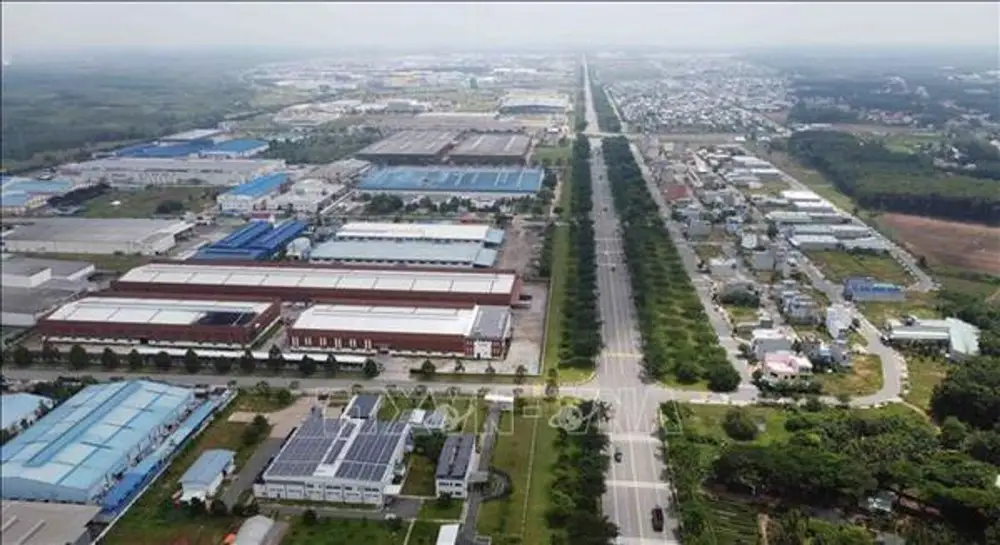
In order to make industrial development sustainable, we need to focus on three things: innovation, technology adoption, and sustainability. This means that any new technologies should be designed with sustainability in mind from start to finish. The way we use technology affects everything from energy use to waste reduction to transportation, and all of these things have big impacts on the environment, the economy, and society as a whole.
One way companies can grow and succeed is by partnering with other companies that have different strengths. This can help them access new markets, share ideas, and reduce risk. As the business world becomes more complex and technology changes faster, partnerships become even more important. By managing these partnerships well, companies can become the prefered partner for others and build a strong network of successful collaborations.
Implications for Investors and Businesses
Vietnam has emerged as a remarkable success story in Asia, owing to its stable political system, steadfast commitment to sustainable growth, relatively low inflation, robust inflow of foreign direct investment, young and tech-savvy population, and thriving manufacturing sector.
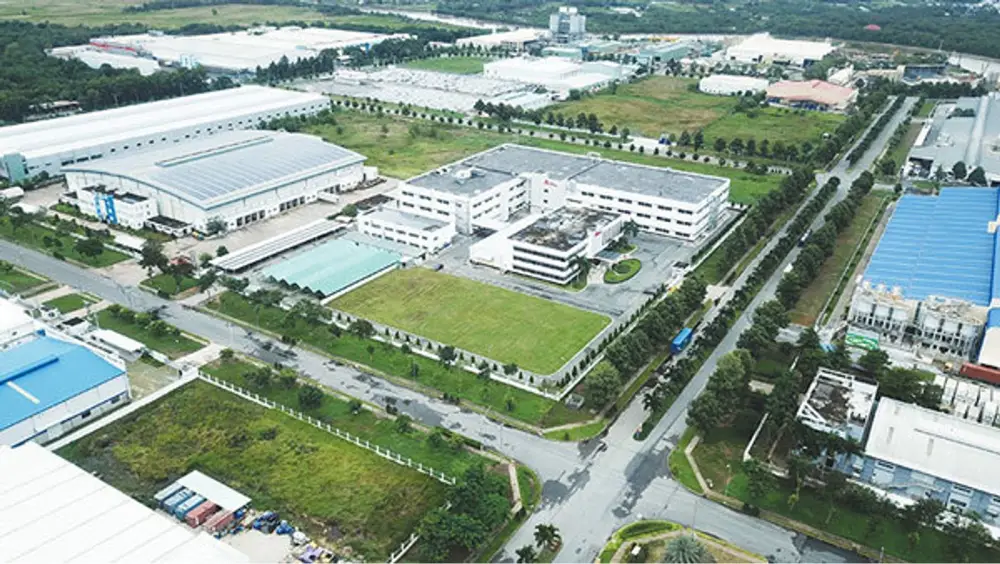
The government offers investment incentives and support to assist individuals in their investment endeavors. Both foreign and local investors are eligible for investment incentives, such as preferential CIT rates, CIT exemptions, and reductions. In addition, other incentives include exemption from import duty on equipment, raw materials, supplies, and semi-finished products, as well as exemption from land use fees.
Investors and businesses need to understand the regulatory framework and business environment for industrial development in Vietnam before entering or expanding operations in the country. The regulatory framework is complex and constantly evolving, so staying up-to-date on the latest changes is important.
Key considerations for businesses planning to enter or expand operations in Vietnam’s industrial sector:
– In order to prosper in the business world of Vietnam, it is essential for companies to have a comprehensive knowledge of the country’s legal statutes, norms, and regulations.
– Vietnam has established itself as a highly integrated economy on a global scale, achieving strong growth through the attraction of foreign direct investments and export promotion.
– Over the past few years, Vietnam has made significant progress in enhancing its business environment. However, there are still certain policy areas that require important reforms.
– Carefully consider the target market for their products or services. Vietnam has a diverse population with a wide range of needs and demands, making it important to identify and cater to specific segments of the market.
– Businesses need to be aware of their competition. Finding a specialized market where firms may successfully compete is essential since the nation is home to a range of local and international enterprises.
Conclusion
In this guide, we have examined Vietnam industrial development strategy, its accomplishments, impact, and future prospects for industrial development in the country. This strategy has been instrumental in driving Vietnam’s economic expansion, improving the lives of millions of people, creating numerous jobs, and integrating the country into the global economy.
The industrial sector in Vietnam offers opportunities for investors, decision-makers, and businesses to advance growth and progress. With its emphasis on innovation, technology, and sustainability, Vietnam industrial development strategy has the potential to propel the nation’s economic advancement to new heights.
To learn more about investment opportunities in Vietnam’s industrial sector, check out Savills Industrial.



